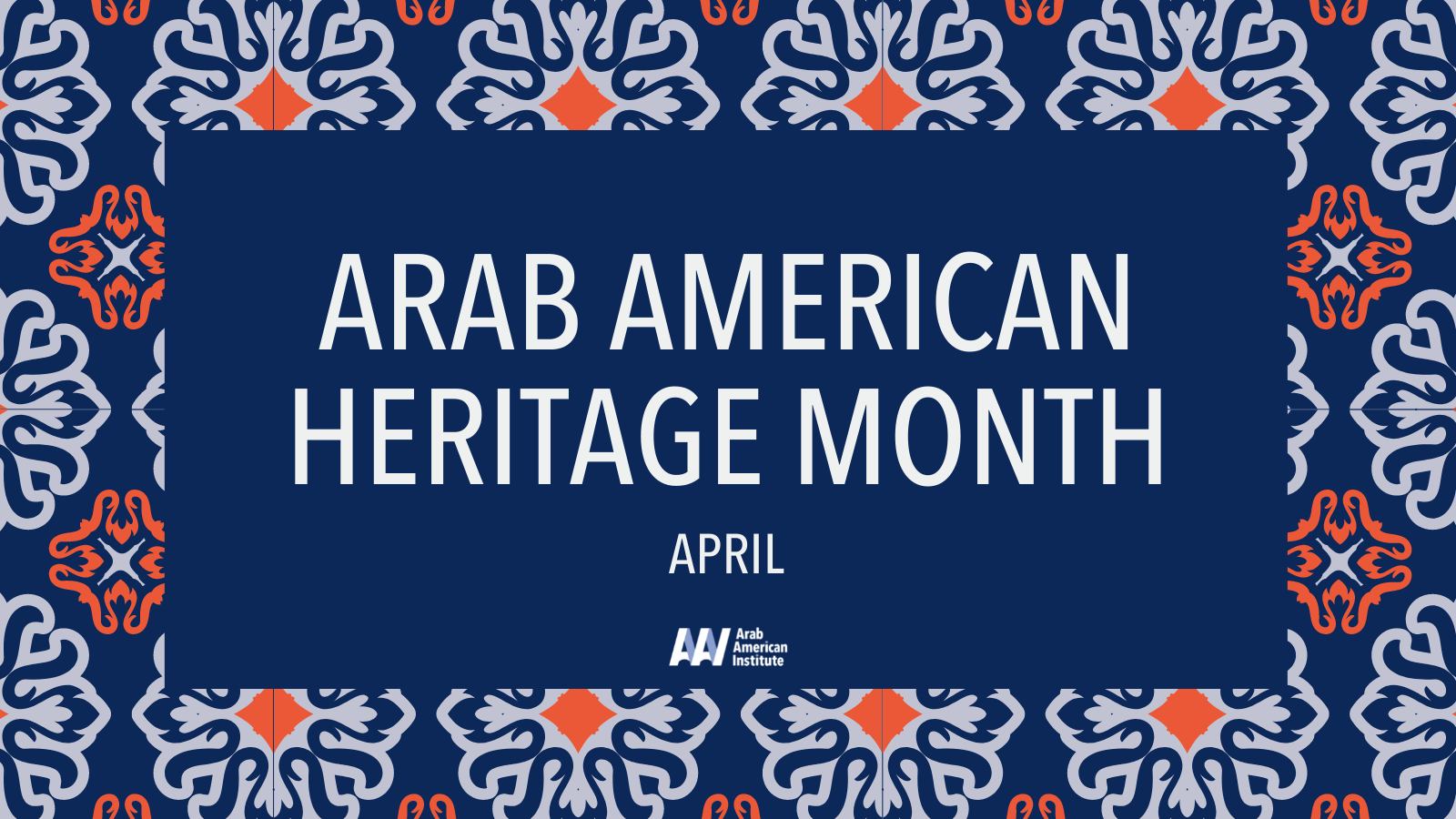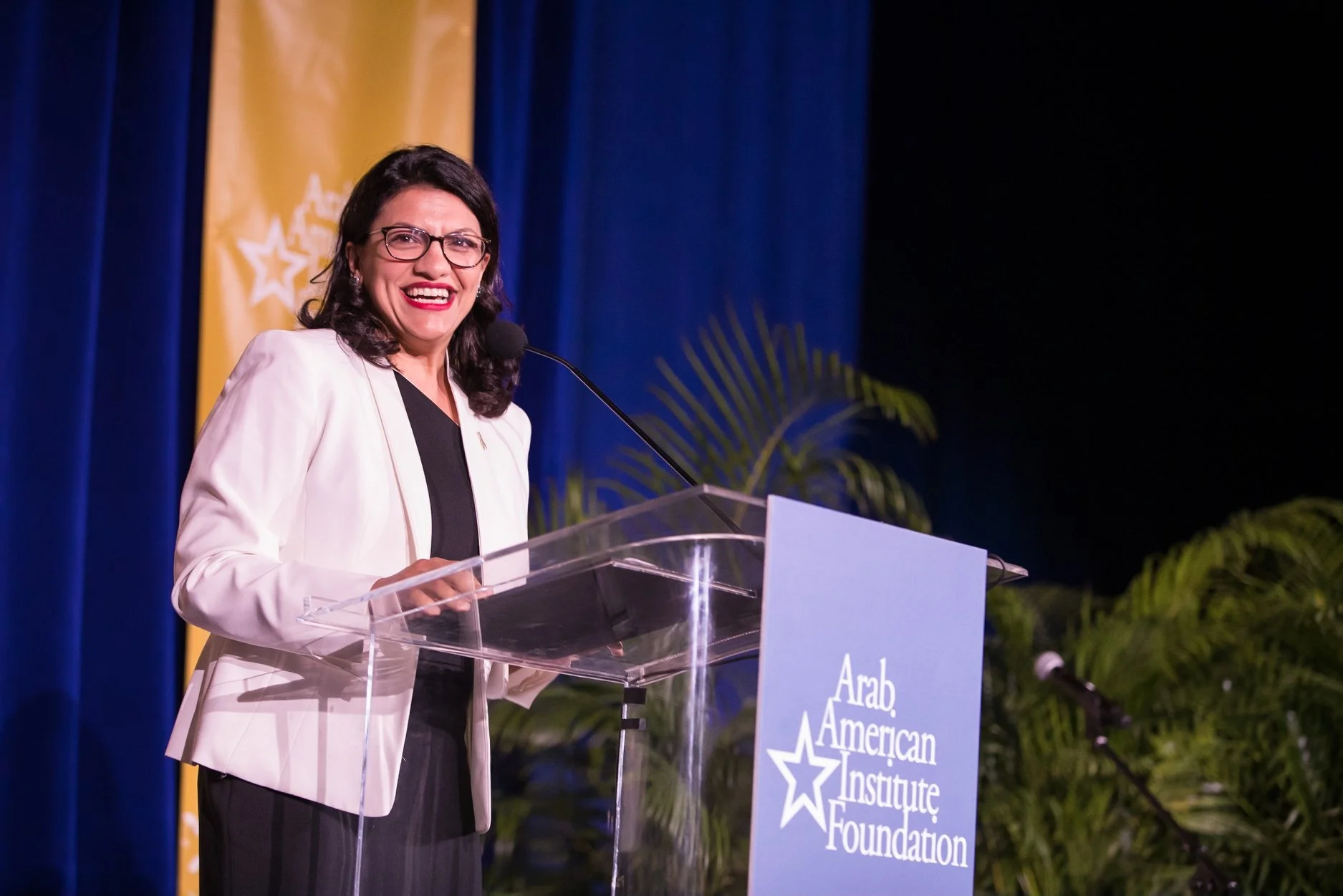
About us
About Arab Americans
Arab American Population By State
*Based on AAI estimates, which account for the systemic undercount of Arab Americans by the Census.
Many people are unaware of the size, diversity, and interests of the Arab American community.
We estimate there are 3.7 million Arab Americans.
Arab Americans constitute an ethnicity made up of several waves of immigrants from the Arabic-speaking countries of the Middle East, North Africa and Sub-Saharan Africa that have been settling in sizable numbers in the United States since the 1880s. As an ethnic community, Arab Americans can identify with any racial group and more than 85% are U.S. citizens.Their Arab heritage reflects a culture that is thousands of years old and includes 22 Arab countries as diverse as Palestine, Yemen, Sudan, and Morocco.
The majority of Arab Americans are native-born, and 85% of Arabs in the U.S. are citizens. While the community traces its roots to every Arab country, the majority of Arab Americans have ancestral ties to Lebanon, Egypt, Syria, Palestine, and Iraq.
The following data about Arab Americans are compiled from a variety of official government sources (see below) but it is important to note there is no existing category on Census Bureau forms to collect accurate data about Arab Americans. As such, data about the community represent a significant undercount. To address this historical undercount, AAI has been leading a decades-long effort to secure a new category on the decennial census and other federal surveys. The Middle Eastern or North African (MENA) checkbox would be a new minimum reporting ethnic category and Arab Americans represent the largest segment of MENA populations in the U.S. To learn more about the campaign to secure the category, click on the link below.
Demographics
Where do Arab Americans live?
Arab Americans live in all 50 states, but up to 95% live in metropolitan areas. New York, Detroit, Los Angeles, Chicago, Washington D.C., and Minneapolis are the top six metropolitan areas. Nearly 75% of all Arab Americans live in just twelve states: California, Michigan, New York, Texas, Florida, Illinois, New Jersey, Ohio, Minnesota, Virginia, Massachusetts, and Pennsylvania, and Virginia.
The majority of Arab Americans are native-born, and 85% of Arabs in the U.S. are citizens. While the community traces its roots to every Arab country, the majority of Arab Americans have ancestral ties to Lebanon, Egypt, Syria, Palestine, and Iraq.

Ancestry breakdown
How Do Arab Americans Identify Themselves?
Primary ethnic identification is derived from responses to the ancestry question on the American Community Survey (ACS). ACS data on “Arabs” include the responses: Lebanese, Syrian, Egyptian, Iraqi, Jordanian, Palestinian, Moroccan, Arab or Arabic. The following countries are collapsed as “Other Arab”: Algeria, Bahrain, Djibouti, Kuwait, Libya, Oman, Qatar, Saudi Arabia, Tunisia, the United Arab Emirates, and Yemen. As an ethnic community, Arab Americans can identify with any racial group and AAI’s methodology uses an accurate and inclusive definition of Arab Americans, including Afro-Arabs and transnational communities. As such, AAI includes the Arabic-speaking countries of Comoros, Mauritania, Somalia, and Sudan, and the transnational communities of Assyrians/Chaldeans who are not currently aggregated as Arab in ACS data.
GROWTH TRENDS
Arab American Population Growth
The number of Americans who claim Arab ancestry has nearly quadrupled since the Census Bureau first measured ethnic origin in 1980 and is among the fastest growing Arab diaspora populations in the world. The number of Arab Americans grew by nearly 30% between 2010 and 2022.

IMMIGRATION TRENDS
Arab American Immigrants by Country of Origin
The largest number of new Arab immigrants to the United States between 2010 and 2022 came from the following top five countries.
Demographics
How Do We Calculate the Data?
*There is no existing category on Census Bureau forms to collect accurate data about Arab Americans. As such, AAI research concludes the 2020 decennial census count of 2,815,469 Arab Americans is a significant undercount. In the absence of a minimum reporting category, the decennial census numbers are based on a voluntary write-in response. Similarly, the American Community Survey (ACS) identifies only a portion of the Arab population through a question on “ancestry.” Additional reasons for the undercount include the placement and limitations of the ancestry question (as distinct from race and ethnicity); the effect of the ACS’s sample methodology on small, unevenly distributed ethnic groups; high levels of out-marriage among the third and fourth generations; and distrust/misunderstanding of government surveys among recent immigrants. Correcting for the undercount, AAI uses the most recent census estimates, population growth models, and immigration statistics to estimate the Arab American population is approximately 3.7 million.
**Because of changes made by the Census Bureau for the 2020 Census, the collection and tabulation of data about racial and ethnic groups in the United States, including Arab Americans, was made available for the first time. Previously, detailed data on these communities were only available from the ancestry question on the decennial census long-form and, after 2000, the American Community Survey (ACS). To maintain integrity of the data over time, AAI continues to track growth percentages using responses to the ancestry question, while using the 2020 decennial data for our flat population count.
***Immigration data pulled from the Department of Homeland Security does not include data for Palestinian immigration. This is an issue AAI is attempting to remedy.
Sources: American Community Survey 1-Year Estimates (2010, 2022); American Community Survey 5-Year Estimate (2021); 1980, 1990, 2000, 2020 U.S. Census, U.S. Census Bureau; Yearbook of Immigration Statistics 2010-2022, Office of Immigration Statistics, Department of Homeland Security.

Join us to ensure that Arab Americans are represented in all aspects of civic life.















